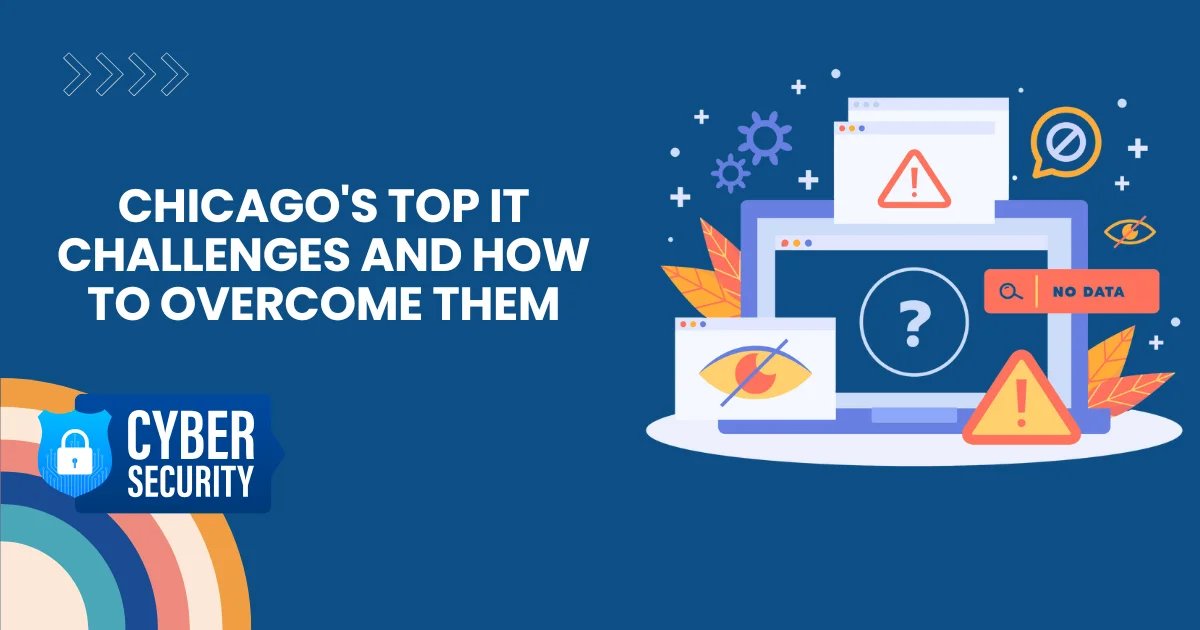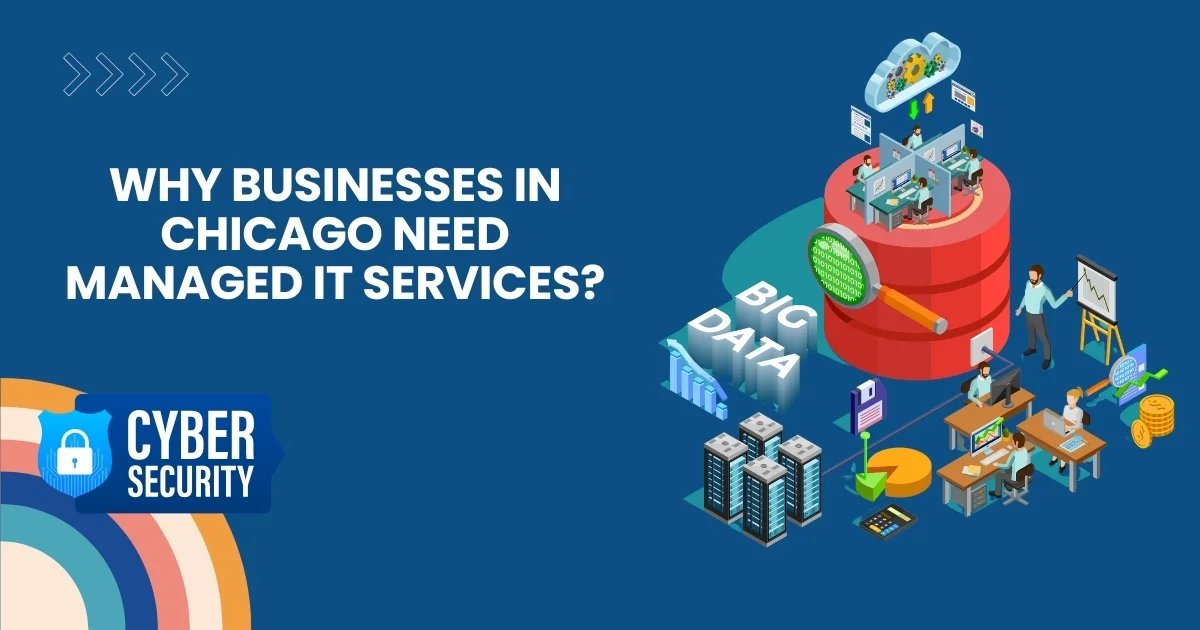Cybersecurity Asset Management (CSAM)
The security implications of ever-expanding IT devices, software, SaaS applications, and cloud-based services are crucial for any enterprise to handle. Accurately operating and maintaining an inventory of digital assets requires effective cybersecurity asset management. This practice protects organizational and customer data from malicious attacks. It ensures vulnerabilities are addressed before threats are launched.
Do you know how it works? Managing asset inventory cybersecurity involves identifying gaps, proactive configurations, and integrating software and hardware devices. Once you know all the security risks present in your organization’s computerized devices, it becomes feasible to implement asset management solutions for the desired outcomes.
This article helps you understand the actual meaning and purpose of cyber asset management to secure your enterprise from attacks.
What is CSAM in Cyber Security?
Table of Contents
The rising cyber security issues provide a chance to discover the gaps in the digital system placed and installed in an organization. Financial Times 2024 report highlights a rise of up to 14.3 per cent in the investment of cyber security. The global economy is investing a huge chunk of the GDP in information security to protect precious data from the hands of cyberpunks. The best way to identify the existing gaps is to have a comprehensive and secure asset inventory. Therefore, the CSAM cybersecurity process involves the following features.
- Detailed inventory of all assets, their inter-connections, and business-level context
- Detection of security gaps, risk assessment, and cost optimization
- Enforcing Identity and Access Management (IAM) and inventory security policy
- Streamlining workflows across organizational departments and systems
Asset management plays a concrete role in a cybersecurity program and smooth inventory compliance management. NIST Cybersecurity Framework explains that agencies must have a sound understanding of the devices integrated with their IT systems for quick identification of cybersecurity risks. Unfortunately, it has been poorly overlooked burgeoning cyber security situations on a vast scale. Implementing the cybersecurity asset protection management process efficiently and reliably is the cornerstone of overall organizational success.
Risks Associated with Awful Cybersecurity Asset Management
Knowing your IT assets are already on thin ice would cost dramatically bigger with unorganized cyber security asset management. No organization would like to be trapped in such a troubled situation. Statista report projects a sharp hike in cybersecurity revenue up to US$185.70bn in 2024. It determines the scale of risk involved and resources investment to maintain the cyber assets inventory. Before taking stringent measures to ensure fool-proof asset management and maintenance, let’s dig down into the repercussions of meager or poor cybersecurity asset management practices.
- Frequent cyber attacks on sensitive data
- Disruptive business operations
- Vulnerable server entry points lacking anti-virus tools
- Introduce higher financial risks
- IT downtime costs $9000 per minute on average
- Challenged and inaccurate inventory of IT resources
- Inability to track and respond to cyber risks
- Loss of extra fortune and precious time
Know How to Manage Cyber Asset Inventory without Drama
Organizations commonly take some steps for cybersecurity asset inventory management for smooth Network Access Control (NAC). Why are you hesitating to deploy it in your OT environment as well? It’s a sound idea. Right? It’s a traditional practice when companies used to put automated OT (Operational Technology) asset management plans on ice.
With the presence of highly specialized technologies today, it is far easier to control cyber-attacks through vulnerability management, asset recovery and more. There are some exceptional and approachable cybersecurity asset management tools and techniques to live up to your security expectations.
- Endpoint Detection and Response (EDR) Software
- Passive and active network surveillance solutions
- Use of SIEM software
- Data Loss Prevention (DLP) tool
- Strong firewall installation
- Data vulnerability scanning tool
- Cloud security technologies
With the use of the right endpoint strategies, it is easy to maintain real-time and continuous IT inventories without any compromises on regulatory standards. The above-mentioned tools and techniques require actionable responses on asset management across multiple systems and platforms. Is it challenging? Let’s make it easy this way. Organizations can easily upgrade their asset management program by effectively utilizing Configuration Management Database (CMDB) to come a long way.
Reasons to Prioritize Cyber Security Asset Management
Unluckily, organizations paid less heed to cyber security asset management before. Thanks to the advanced resources and threat identification tools for making the process worthwhile. Whether it’s a small-scale or an enterprise-level organization, every business is operating today on digital lines.
For instance, the manufacturing industry needs cybersecurity asset management to ensure threat-free plant control systems, detecting, and monitoring systems, and advanced sensors for uninterrupted operations. Explore some other vital reasons for making cybersecurity asset management a necessity of modern-age businesses.
To Identify Blind Spots
The overreliance and unchecked proliferation of IT devices and cloud services create a vast room for attackers. It makes it difficult for organizational staff to track everything manually. Cybersecurity Asset Management (CSAM) allows patch management to provide clarity on the existing and possible loopholes.
To Ensure Cyber Compliance
CSAM operates on the industry standards like NIST, and PCI DSS to ensure safety against cyber intruders and hackers. These protocols help to get a complete picture of cyber assets including identification of the gaps that may provide a safe haven to cyber criminals. Thus it is well said; ‘’You can’t safeguard what is hidden from you’’. It demonstrates the importance of quick threat identification leveraging cyber compliance management standards.
Robust Vulnerability Management
Without knowing the vulnerabilities, it is challenging to fix them. Given this fact, CSAM highlights susceptible assets, providing encryption and cloud security solutions. Cyber asset management ensures timely remediation strategies for IT asset security, maintenance and management. This is why cyber asset management is more essential today than ever before.
Better Incident Response
Once a mishap occurs, without any panic a robust CSAM framework ensures disaster recovery. It leverages all the necessary data to identify the factors and recover the systems swiftly. Effective incident response plans help to contain the damage and curtail its impact, thereby turning the assets in a controlled position and back to normal operations.
To Optimize Resources
CSAM provides companies with clear insights into their assets using threat intelligence, enabling them to allocate their IT resources wisely and more effectively. With effective cyber security strategies, organizations can improve their overall security posture. The continuous monitoring and assessment of assets ensure they are properly operational and updated with advanced vulnerabilities and security risks.
Vital Components of Cyber Security Asset Management
Do you know security leaders who have implemented cyber asset management strategies effectively will cherish the progressive outcomes in future? Understanding the core dynamics of asset management before taking initiatives for automated strategies might be a boring job for some but it’s worth a shot. Let’s dive into the details.
Asset Identification
The foremost and preliminary step is asset discovery or identification within an organization. It is the bedrock of CAM with automated asset discovery potential.
- Network scanning to know the total number of connected devices.
- Agent-based identification for tools and data configuration.
- Integration of systems with cloud management consoles.
- Use of passive network monitoring to identify unmanaged assets.
Detailed Asset Classification
All the IT assets are not manufactured in an equal pattern. Cyber asset management solutions are tagged based on the following.
- Data susceptibility
- Compliance regularly scope
- Business value
- Responsibility and ownership
Asset Vulnerability and Risk Assessment
Knowing the vulnerability score after identifying the asset inventory helps an organization conduct regular risk assessments and evaluations for an improved security posture. CSAM goes the extra mile by prioritizing solutions considering the asset’s vulnerability. The asset risk score should be based on the following metrics.
- Compensating controls availability
- Total exposure of assets
- Exploitability level of risks
- Business impact of compromise level
Cyber Asset Inventory Management
All the technology assets inventory need time-to-time maintenance and updating for better asset management. Automated tracking systems monitor organizational assets in real time.
- Modification in configurations
- Asset ownership details
- Inventory record and real-time status
Access Control and Response Plan
Management of those who have access to technology assets is a core aspect of CSAM. Organizations need to implement strict access control protocols to ensure that only authorized staff can access the protected data and sensitive business information.
- 2FA (Two-Factor Authentication)
- MFA (Multi-Factor Authentication)
It proves as the best-guided solution to control insider threats and unauthorized access of cyber intruders. The incident management process is based on the strength of the response plan. Proper response planning and cybersecurity incident management ensure swift damage recovery. This process has the key components listed below.
- Know the role and responsibilities
- Communication and network protocols
- Escalation control procedures
Monitoring and Improvement
The cyber security asset management process goes above and beyond in the industry. It ensures practical measures for regular monitoring and improvement in real-time visibility of vulnerabilities, and tracking configurations. This strategy helps organizations upgrade their security apparatus and asset management standards for unprecedented outcomes.
Considerable Factors Before Making a Right Choice
Are you working on the right CSAM solutions? It is available in various forms and multiple factors are involved when making the final selection. Before taking the final move, it is imperative to go down that road for successful results.
Measure Integration Potential
Measure and carefully evaluate the solution’s capability of integration with your existing cyber security stack. It is a key parameter to streamlining workflows.
Cloud-based vs On-premises
Whatever is your choice, try to make a wise and insightful decision. Cloud solutions offer quicker deployment and greater scalability than on-premises options. Cloud-based solutions may raise data integrity concerns for some businesses.
Scalability Level
Lean on solutions that can seamlessly scale to manage the future growth of your organization and security setup. Never compromise on this factor when making the final choice because cyber trends continue to evolve, thereby raising the need for higher scalability.
Agent vs Agentless Solution
It’s a factor that is more dependent on your organizational environment. Assess whether an agent-based setup suits all parts of your system or if an agentless approach is essential for sensitive data and other areas of the business.
Vendor Assistance
If you are up to choosing a vendor for cyber security asset management, go for a vendor with a proven track record. Prefer a vendor who offers exceptional ongoing development and technical support without a hitch or operational disruption.
Cyber Security Asset Management Faces Challenges
Challenges come along with prospects and CSAM presents unique barriers that need to be addressed for smarter results.
Over-Dynamic Environments
Digital age IT infrastructure is more in flux with advanced devices, cloud-based workloads, and constant software updates. Keeping pace is a challenge for CSAM.
Limited Resources
Both small and medium-sized organizations face financial and human resource constraints dedicated to the CAM process.
Data Overloading
Cybersecurity asset management solutions cater to vast amounts of data. Analyzing it and taking the right actions based on insights require accurate and top-notch tools with competent staff.
Outdated Systems
Integration of OT assets, legacy systems, and advanced devices may raise unexpected challenges for CSAM tools. Ensuring smooth integration is a hard nut to crack for many organizations.
Delve into What the Future Holds
The digital landscape continues to evolve with the threat index and here comes the role of the cyber security asset management (CSAM) process. Businesses invest in the changing trends to shape the future of CSAM. Let’s get to know the details.
AI and ML Technology
The CSAM process may leverage Artificial Intelligence and Machine Learning for more intelligence-based asset discovery, classification, threat assessment and management.
Integration of IoT/OT
Seamless convergence of both IoT and Operational Technology environments will improve CAM capabilities to achieve more visibility into industrial control assets.
Zero Trust Strategies
Asset management will play a chief role in implementing Zero Trust policy frameworks by leveraging specialized devices and active user identity for secure access decisions.
In a technology-driven world where cyber threats are proliferating with every passing moment, implementing cyber security asset management is no longer an optional expense. It’s a fundamental requirement for an outstanding cybersecurity setup. Careful discovery, management and protection of assets raise the bar of your organization’s security posture, thereby adding value to the success graph.






